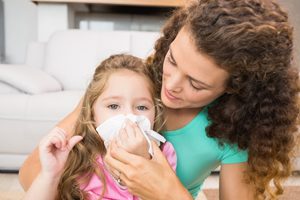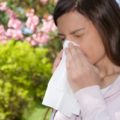
If your children are coughing and sneezing but aren't showing signs of a flu or fever, it may be difficult to figure out if they're suffering from allergies or the common cold. To help you make a diagnosis, here are some similarities and differences between the two:
1. Allergy vs. cold symptoms
There are two main reasons why it's difficult to tell whether your children have allergies or colds. First, it's not uncommon for people to come down with a cold right as plants start releasing pollen in the spring. Second, allergies and colds cause similar symptoms. When children are sick, they tend to sneeze and have runny noses. The same can be said when they have colds.
So how can you tell the difference? One way, according to How Stuff Works is to look at their mucus' color. After your children have been sick for a few days, mucus tends to turn a yellow or green color. This doesn't happen when they're dealing with allergies.
2. Time of the year
If your children are constantly itching their eyes during the the winter, chances are they don't have seasonal allergies. They may instead be sick or allergic to dust, especially if they're rubbing their eyes while inside. The tricky part comes as winter fades into spring or if your area is experiencing an unseasonably warm winter. In these cases, your children may very well be suffering from seasonal allergies.
3. Time of day
Do your children sneeze and cough at night when they go to bed but don't during the day? They could be suffering from mold allergies. Or, as Ask Dr. Sears notes, the children could be having an allergic reaction to something in the bedroom, such as dust.
For more allergy solutions, visit Allergy Be Gone's store for a wide range of allergy control products.









